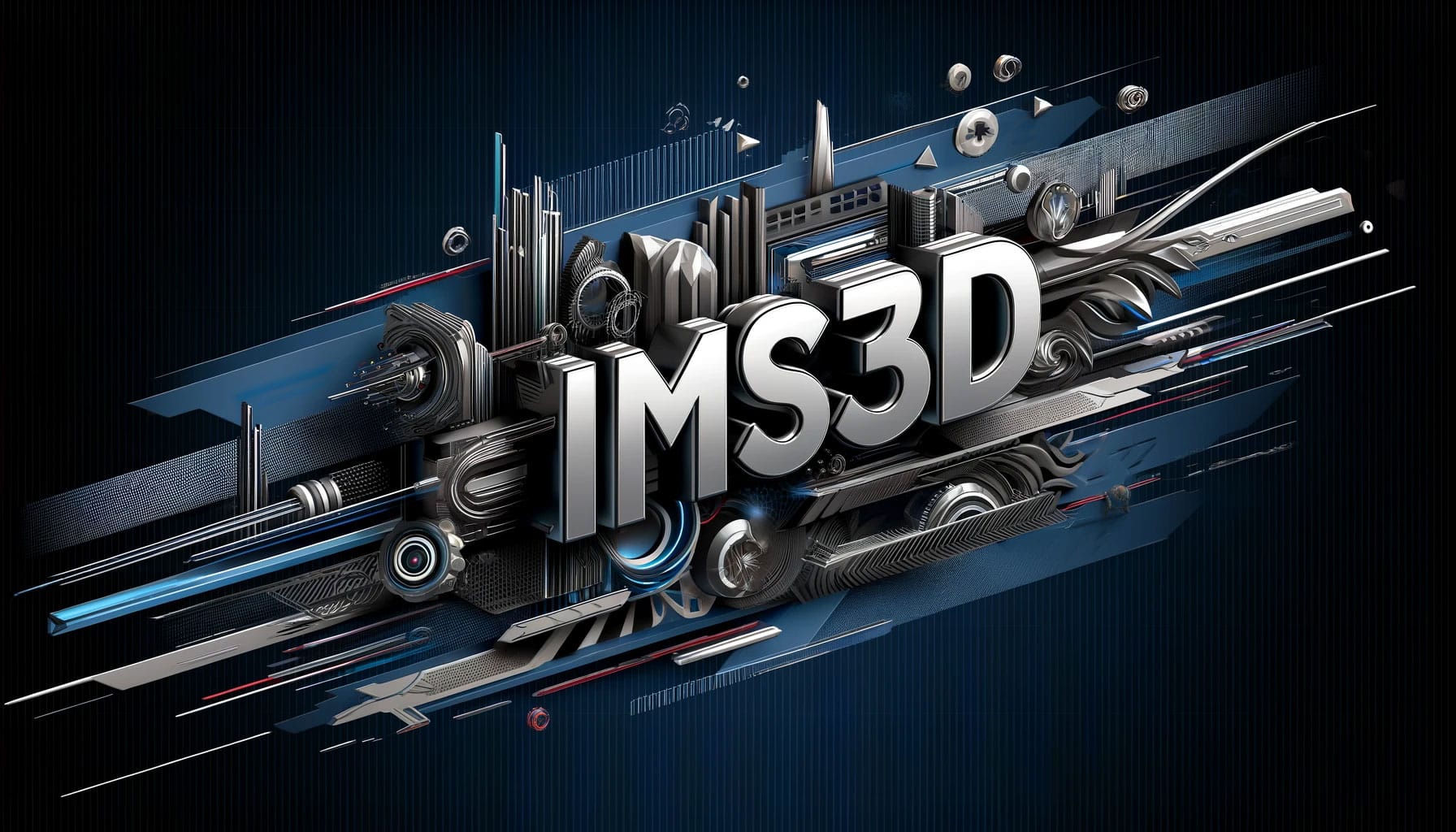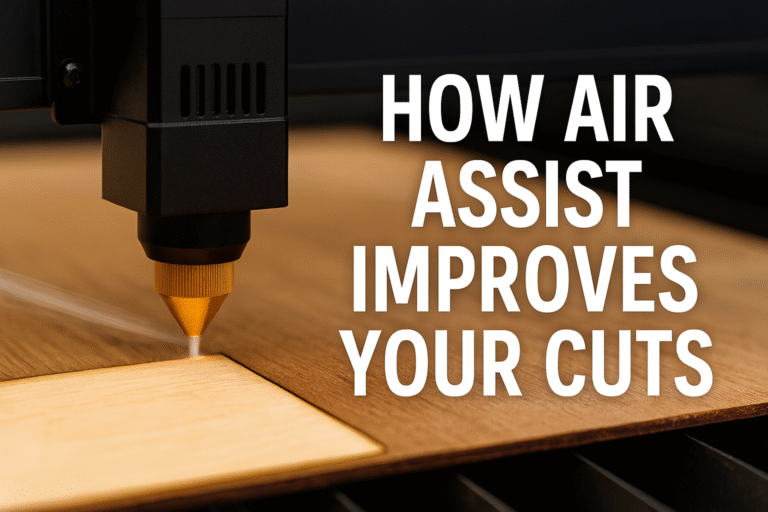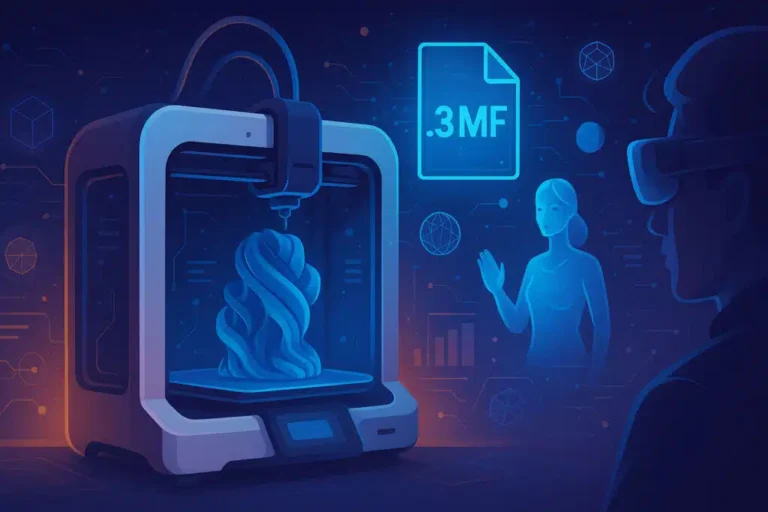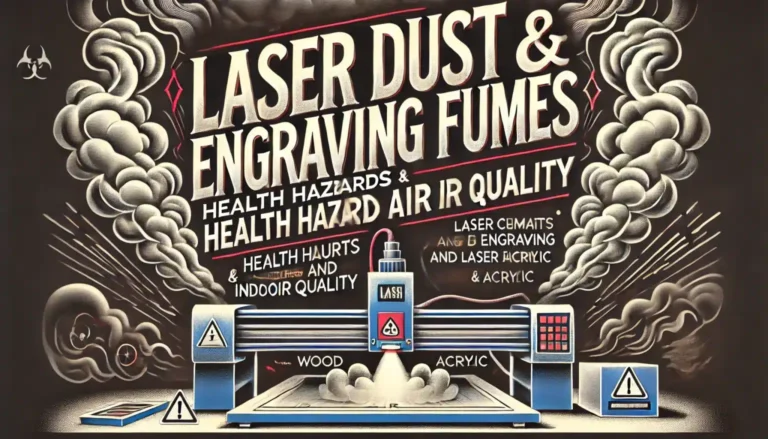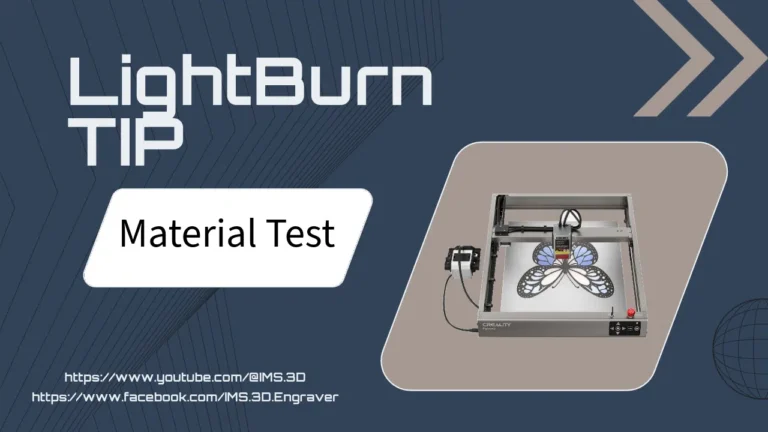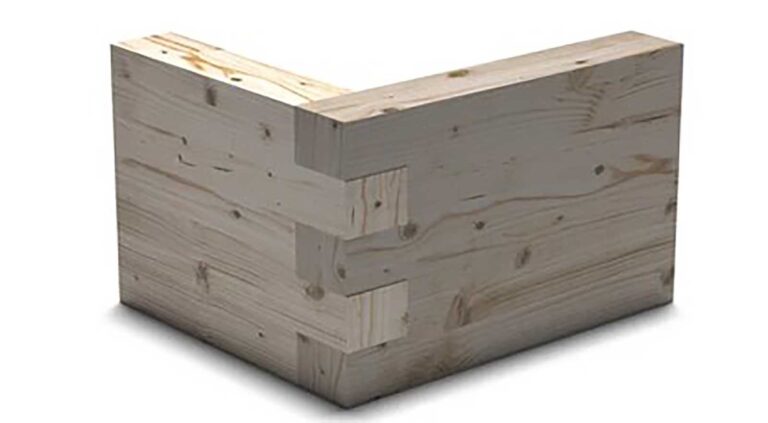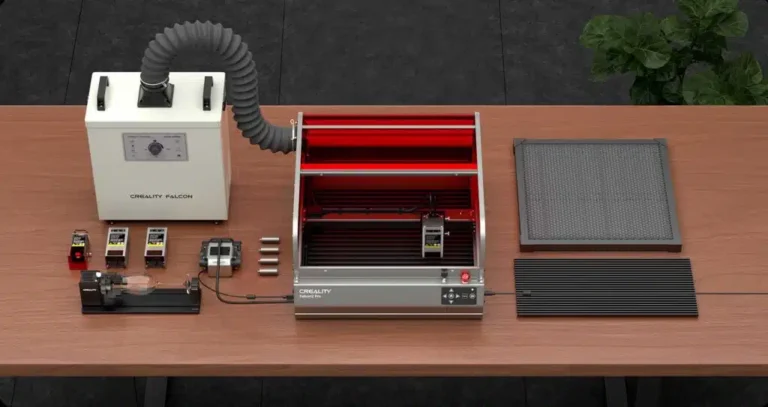Safety Tips for Operating a Laser Cutter
Operating a laser cutter can be incredibly rewarding, but it’s essential to prioritize safety to prevent accidents and injuries. Whether you’re a beginner or an experienced user, following safety guidelines is crucial when working with laser equipment. In this blog post, we’ll cover key safety tips for operating a laser cutter and provide helpful resources to ensure a safe and productive work environment.
1. Always Wear Protective Gear
Safety gear is your first line of defense when operating a laser cutter. Ensure that you wear safety glasses specifically rated for the wavelength of your laser. Gloves and protective clothing are also recommended to protect your skin from burns and other injuries.
Important Tip: Never look directly into the laser beam, even if you’re wearing safety glasses.
Safety Resource: Laser Safety Guide by OSHA
Laser Safety Glasses 180nm–532nm & 900nm–1080nm for All Machines and Most Laser Engravers
2. Ensure Proper Ventilation
Laser cutting can produce fumes and particles that may be harmful if inhaled. It’s important to have a well-ventilated workspace and use an appropriate exhaust system to remove fumes from the cutting area.
Example of Good Ventilation: Install a fume extractor or connect your laser cutter to an external ventilation system.
Safety Resource: Laser Fume Extraction Guidelines by Trotec
3. Regularly Inspect and Maintain Equipment
Routine maintenance of your laser cutter is crucial to ensure its safe operation. Regularly check the condition of the laser tube, lenses, mirrors, and other components. Keeping your equipment clean and well-maintained will help prevent malfunctions and potential hazards.
Maintenance Checklist:
- Clean the lens and mirrors regularly.
- Inspect the laser tube for any signs of wear or damage.
- Check all safety interlocks and emergency stops.
Safety Resource: Laser Maintenance Tips by Epilog Laser
5. Follow Material Safety Guidelines
Not all materials are safe to cut with a laser. Some materials, such as PVC, can release toxic fumes when burned. Always check the material’s safety data sheet (SDS) before cutting and avoid using any materials that are not recommended for laser cutting.
Materials to Avoid:
- PVC
- Teflon
- Polycarbonate
Safety Resource: Material Safety Data Sheets (MSDS) Resource
4. Keep a Fire Extinguisher Nearby
Laser cutters can potentially ignite flammable materials, so it’s vital to have a fire extinguisher on hand. Make sure it’s the appropriate type (e.g., Class C for electrical fires) and that everyone in the workspace knows how to use it.
Pro Tip: Ensure your laser cutter is never left unattended while operating.
Safety Resource: Fire Safety in the Workplace by NFPA
6. Use Proper Signage
Clearly mark your laser cutting area with proper signage to warn others of potential hazards. This includes signs indicating the presence of a laser, the need for protective eyewear, and other relevant safety warnings.
Example: A sign that reads “Laser in Operation – Do Not Enter Without Eye Protection” should be displayed prominently.
Safety Resource: Laser Safety Signs and Labels by ANSI
7. Keep the Workspace Organized
An organized workspace is a safer workspace. Keep all tools, materials, and safety equipment in designated areas to prevent accidents. Ensure that the area around the laser cutter is free of clutter and flammable materials.
Safety Resource: Workshop Safety Tips by Rockler
8. Use a Laser Enclosure
A laser enclosure is a crucial safety feature that provides a physical barrier between the laser cutter and the surrounding environment. It helps to contain any stray laser beams, reduces the risk of accidental exposure, and can also aid in controlling fumes and dust generated during the cutting process.
Benefits of Using a Laser Enclosure:
- Enhanced Safety: Prevents accidental contact with the laser beam.
- Fume Control: Helps contain and manage fumes and dust within the enclosed space.
- Noise Reduction: Diminishes noise levels from the laser cutting process.
Safety Resource: Laser Enclosure Safety by Laser Safety Industries
9. Never Leave the Laser Cutter Unattended
One of the most important safety rules when operating a laser cutter is to never leave the machine unattended while it is in operation. Laser cutters can pose a significant fire risk, especially when cutting flammable materials. Even if everything seems to be running smoothly, a small malfunction or unexpected event could lead to a dangerous situation.
Why It’s Important:
Fire Risk: Materials can catch fire if the laser cutter is left unattended.
Equipment Damage: A malfunction could damage the laser cutter or the workpiece.
Safety: Being present allows you to immediately address any issues that arise.
Safety Resource: Fire Safety Tips by UL Firefighter Safety Research Institute
By following these safety tips, you can enjoy the benefits of laser cutting while minimizing the risks. Always prioritize safety by wearing the right protective gear, maintaining your equipment, and keeping your workspace organized. For more detailed information, refer to the safety resources linked throughout this post.
Stay safe and happy cutting!
